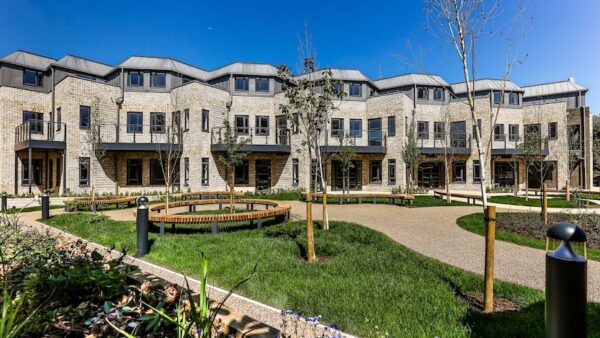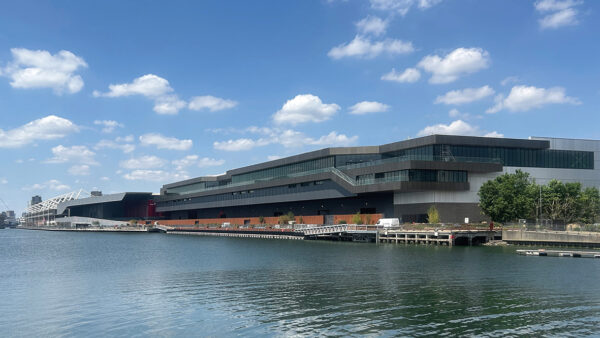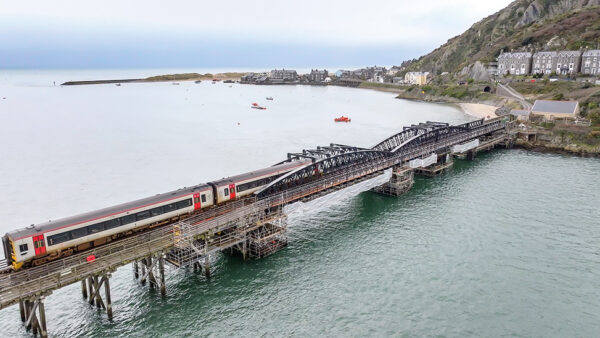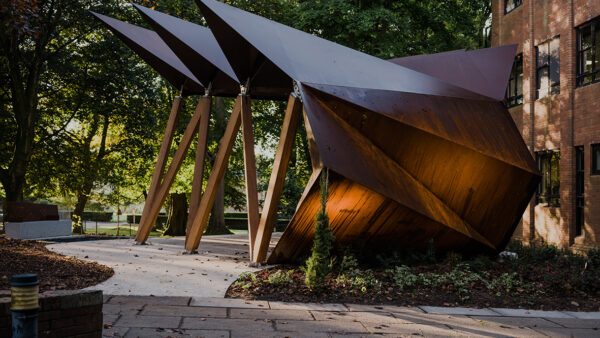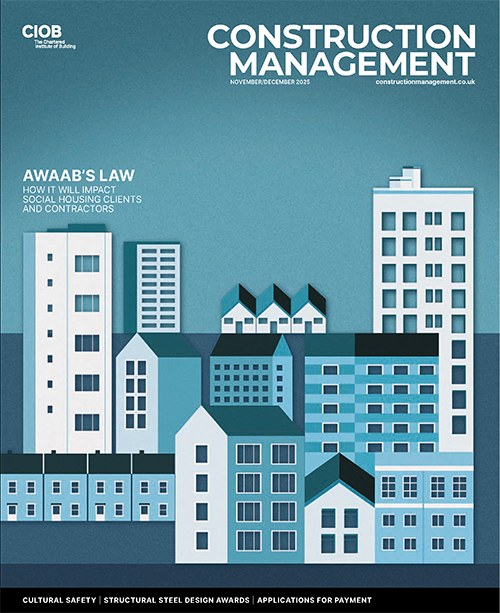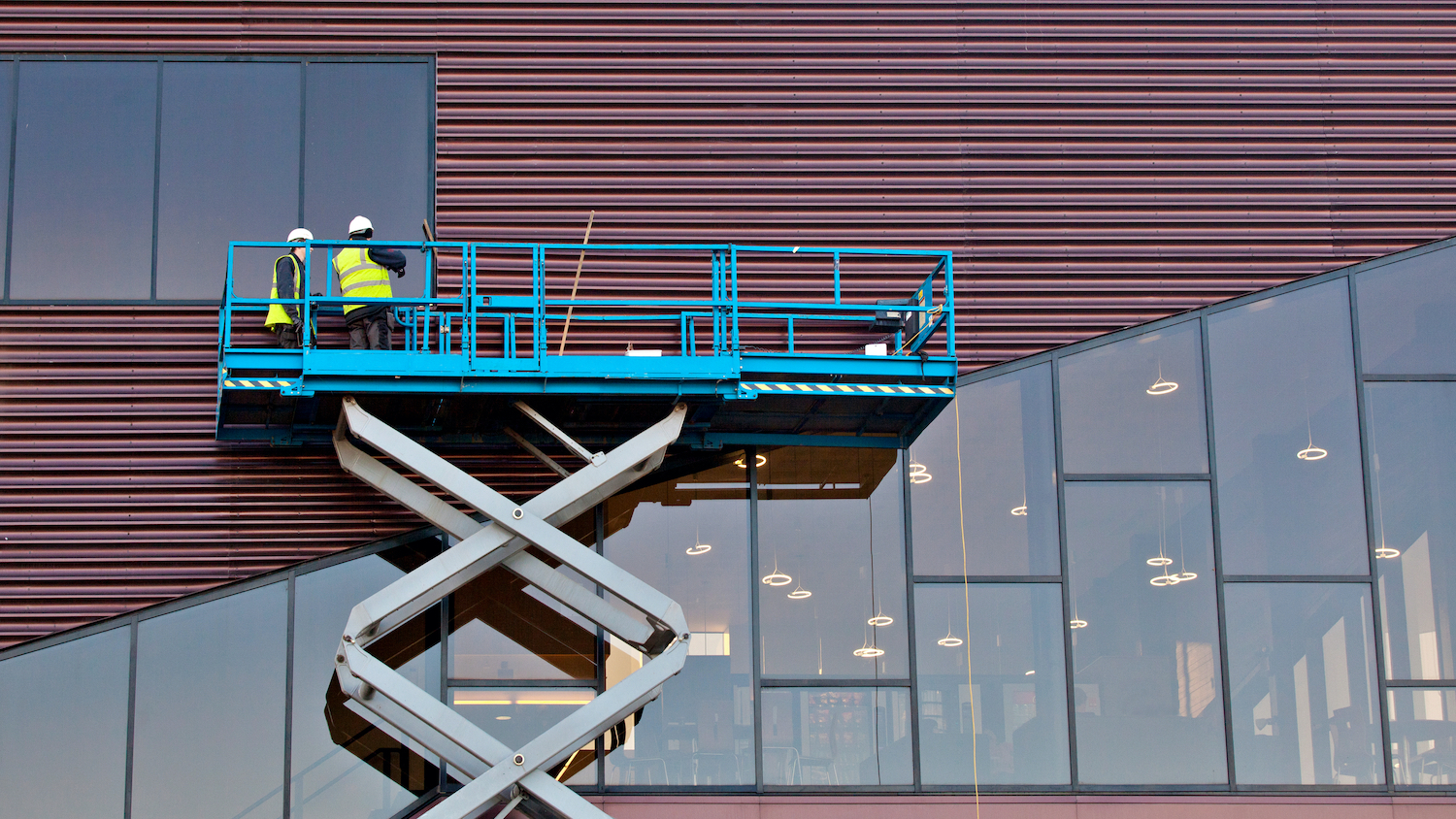Topped with an undulating roof, inspired by the shape of wooden tennis rackets, the Indoor Tennis Centre is the latest addition to The All England Lawn Tennis Club’s facilities.
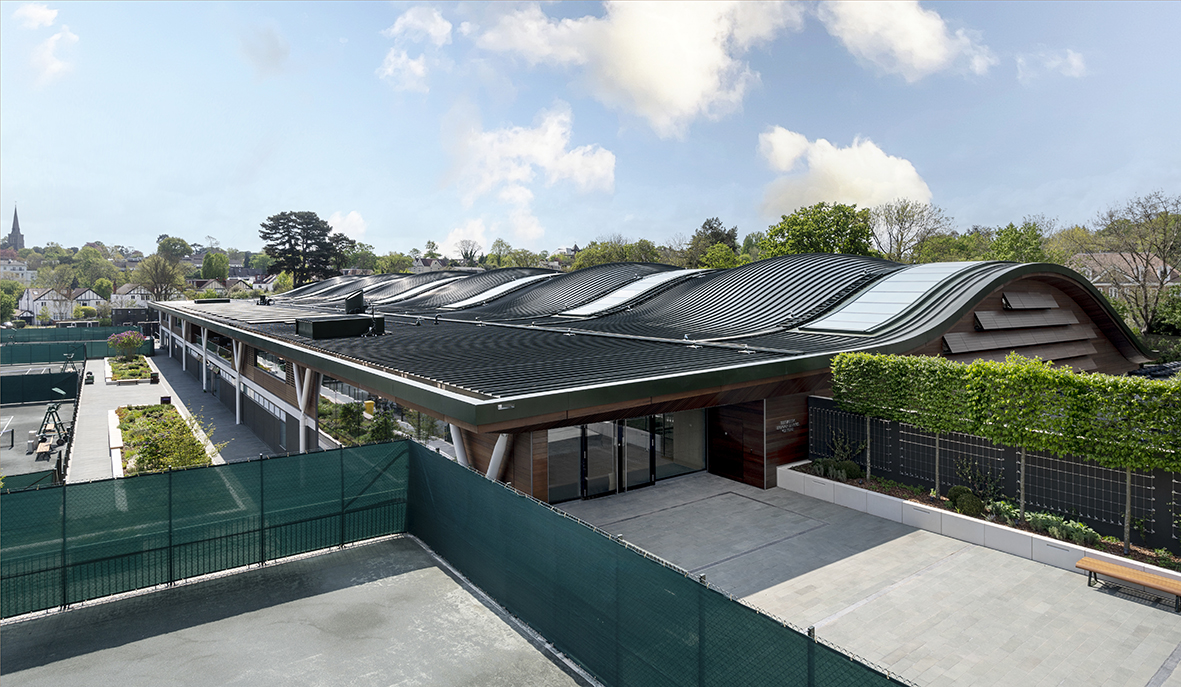
Located across the road from the main All England Club estate, the steel-framed Indoor Tennis Centre (ITC) accommodates six indoor courts and six outdoor courts, members’ family room and bar, changing facilities and a basement car park.
Part of the All England Club’s long-term development masterplan and replacing an older facility, the ITC building is topped with an iconic double-curved undulating steel roof.
According to Hopkins Architects, the undulating profile of the roof follows the space in which tennis is played, with high points over the centre of the nets (to account for lobs) and a reduced height over the runoffs around the court perimeters.
Award: AELTC Indoor Tennis Centre, London
- Architect: Hopkins Architects
- Structural engineer: Cundall
- Steelwork contractor: Billington Structures Limited
- Main contractor: Willmott Dixon
- Client: The All England Lawn Tennis Club
Overall, the roof measures approximately 110m-long x 50m-wide, with the latter incorporating the clear 38m spans required by the tennis courts.
The geometry of the roof was constrained both internally by the playing volume requirements and externally by planning limitations on height, together with a desire to minimise the internal space to reduce the heating/cooling requirements.
“This resulted in a very limited zone for the structure, which naturally lent itself to a series of tied steel arches that provide strength and spanning ability without bulk, ensuring the elegance of the roof,” says Cundall partner David Rivers.
“The use of the tied arches creates a balanced system that in turn reduces the forces applied to the supporting concrete frame, contributing to its sleek aesthetic while helping to reduce embodied carbon.”
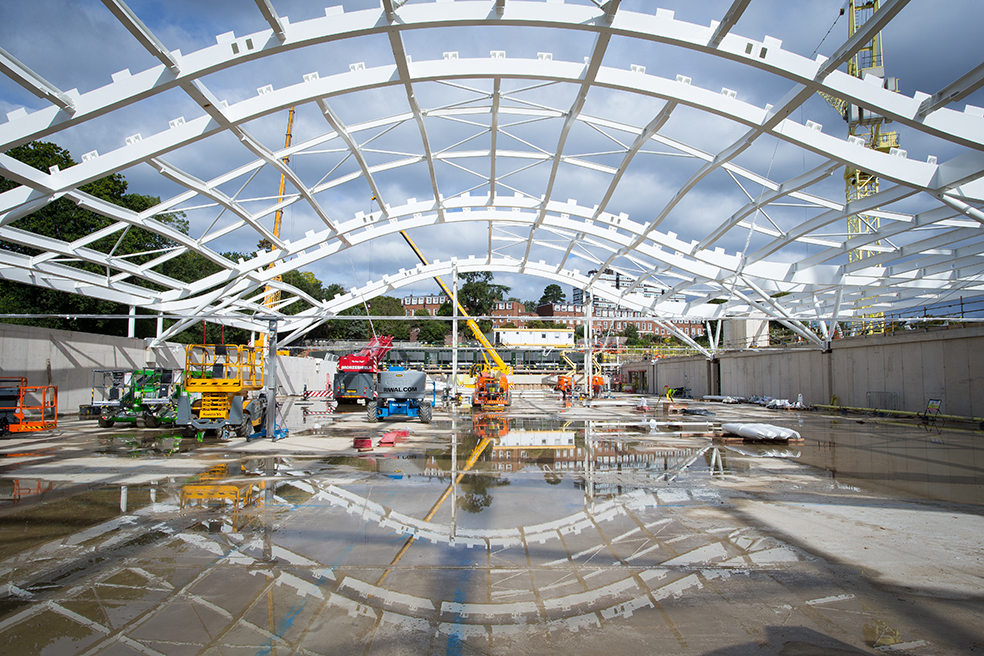
The tight tolerances, achievable with steelwork, also suited these goals, while the ability to fabricate millimetre-precise sections ensured that the geometry of the roof, over each of the six courts, remained consistent.
“The ITC, distinguished by its graceful double-curvature roof, is beautifully finished and an outstanding addition to the estate. Exposed structural steelwork enhances the interior, creating a striking and welcoming volume. Exemplary coordination between disciplines ensured refined detailing, resulting in a building of clarity and elegance.”
According to steelwork contractor Billington Structures, the geometry and length of the curved spans, coupled with the aesthetic requirements for squared corners, meant the arches had to be formed with fabricated box sections (typically 500mm x 300mm sections). With varying degrees of curvature, the arches are connected together by a series of secondary beams.
A lot of workshop precision was needed to ensure each curved beam was identical and fabricated to the required high level of quality.
The long spans necessitated a splice, but to avoid the need for onsite welding at height, a hidden connection detail was developed. This allowed the members to be bolted together in thirds and maintained the appearance of one continuous steel member for each arch.
The building’s stability system has been discreetly designed and includes two movement joints, incorporated into the building’s length to manage thermal effects. There is cross bracing, hidden in the roof structure, which acts in combination with local portalisation and lateral connections to the concrete cores.
The All England Club said: “This ambitious project aimed to deliver the best possible internal playing conditions, while providing a dual-purpose facility that meets both its year-round and Championships needs.”
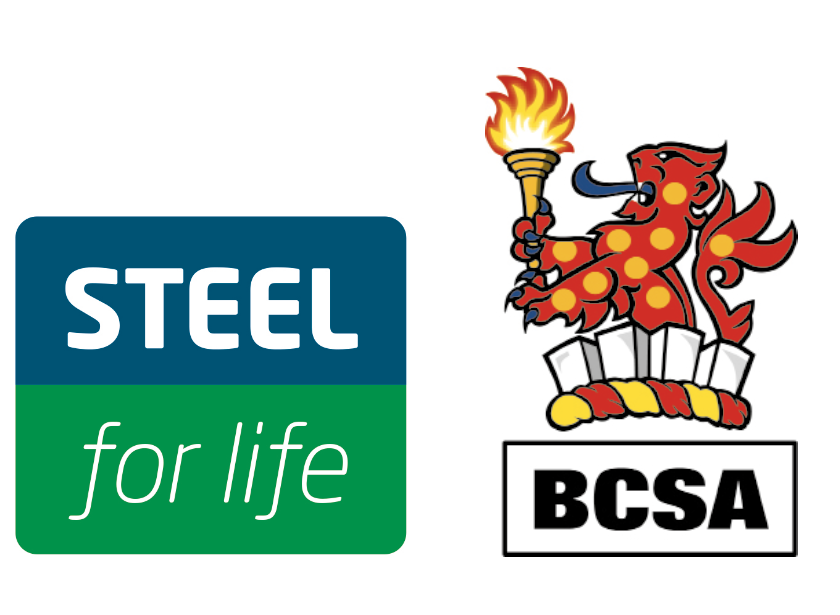
Produced by BCSA and Steel for Life in association with Construction Management.




